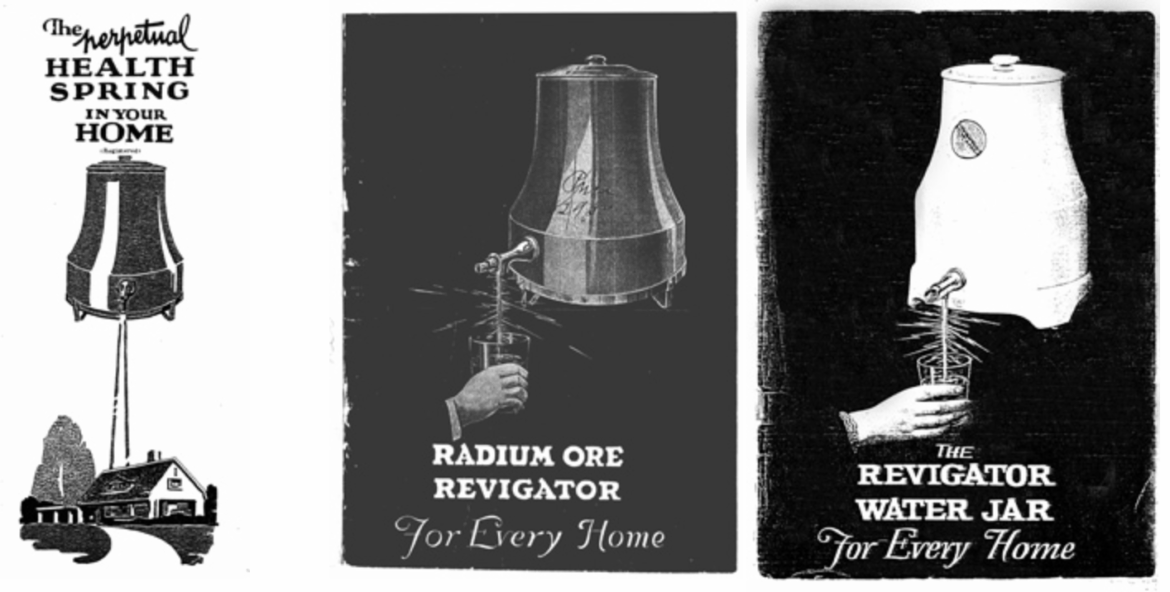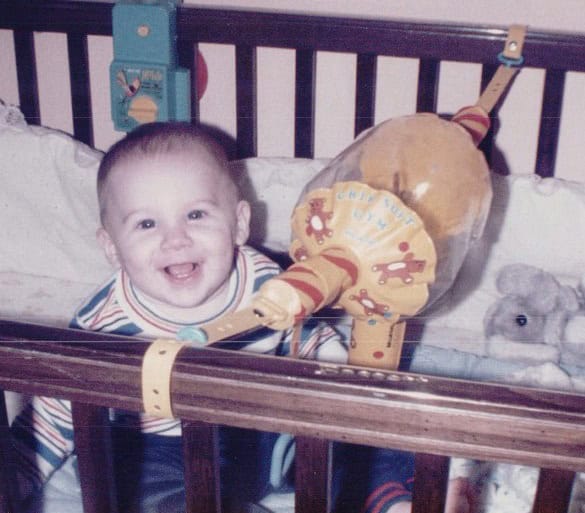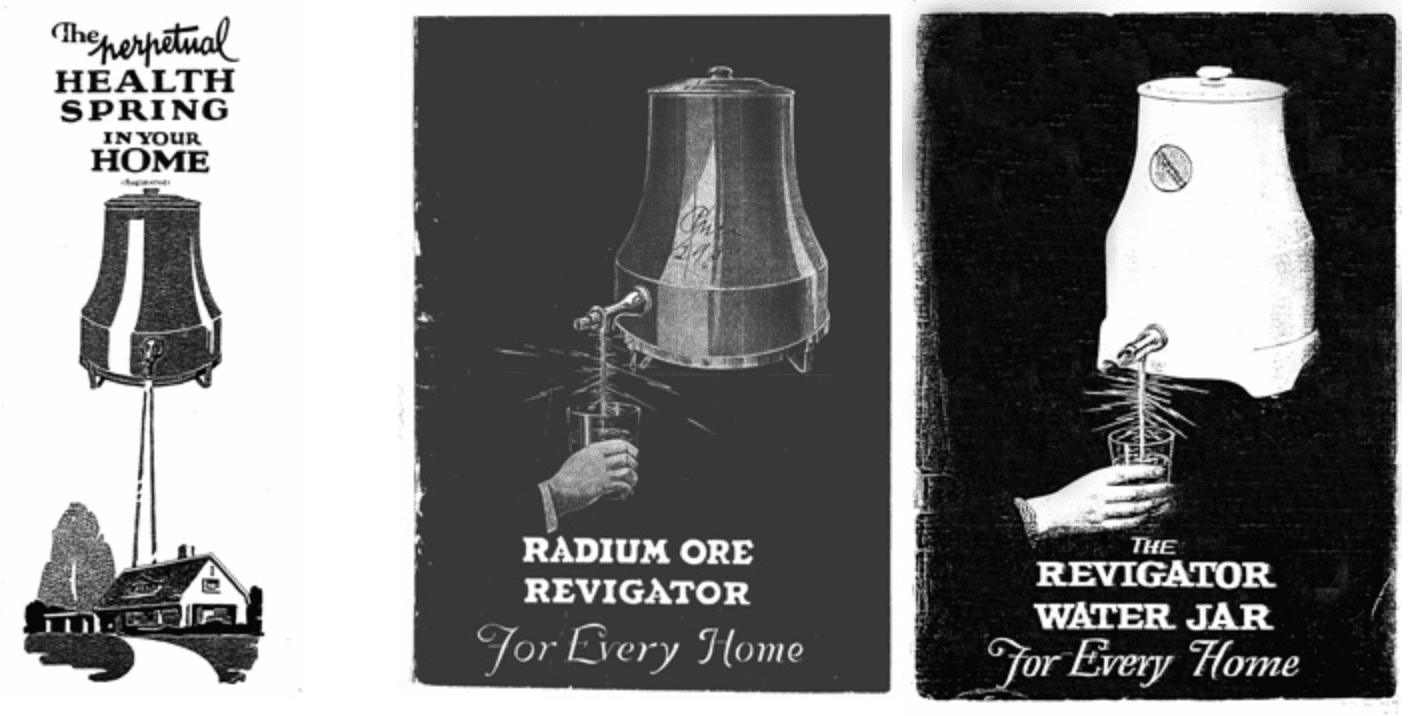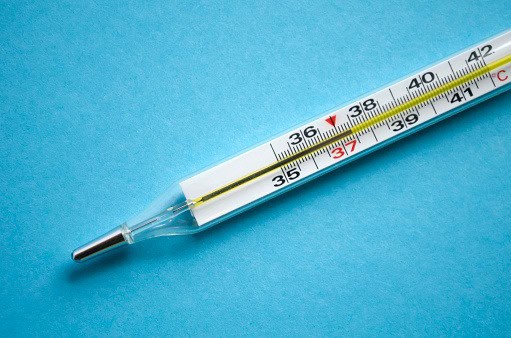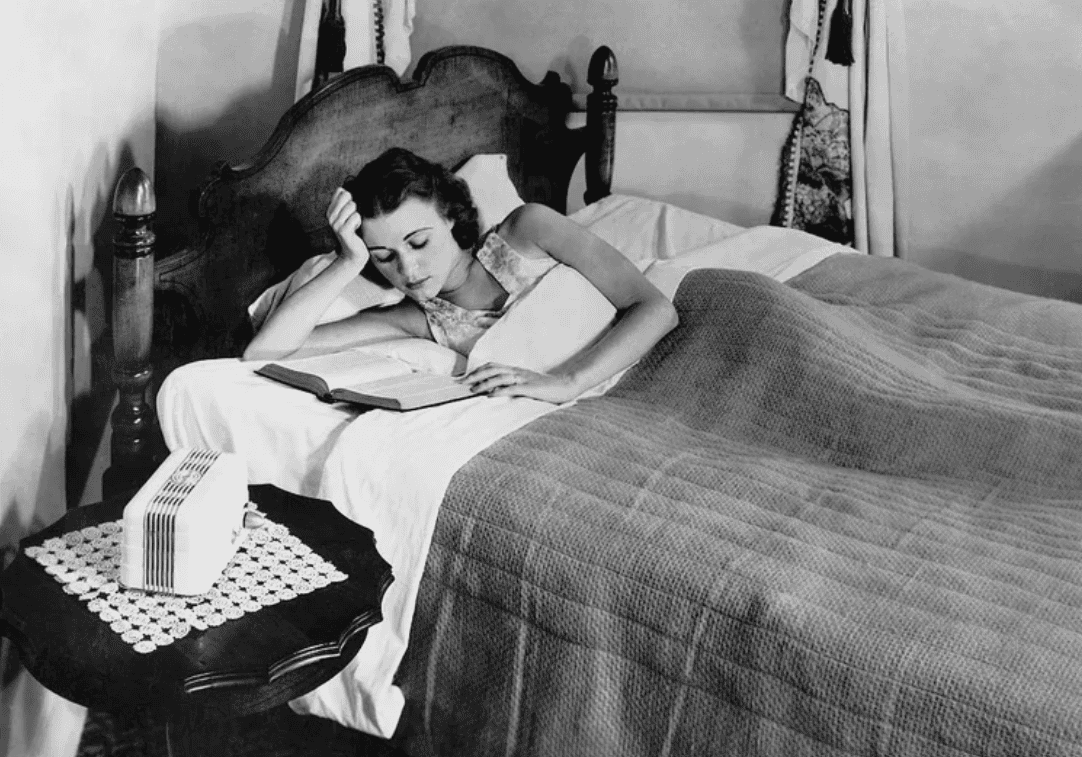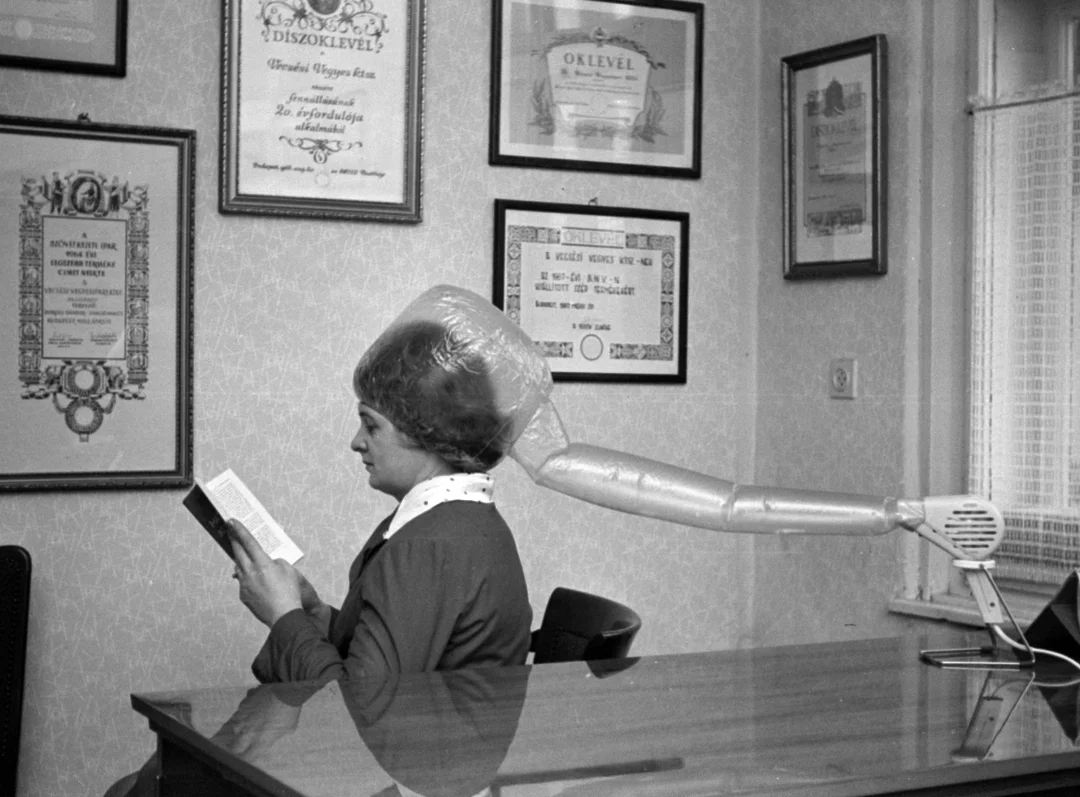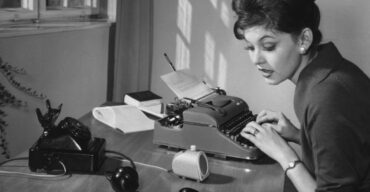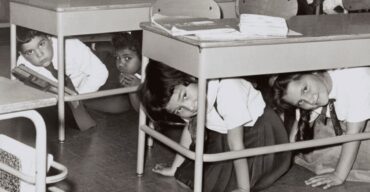When we think about today’s households, we are aware that safety is pretty much at the top of the list.
Organic, non-toxic materials, air purifiers, and child-proof furniture do make our lives easier and safer.
But it was not like that back in the 1950s. Many household items from the ’50s were not only dangerous, but also highly toxic.
Today, we would not even consider buying these things for our houses, but back then, these things were the norm.
Here are 10 household items from the ’50s that would definitely not be acceptable today.
1. Asbestos Everything (Literally, Everything)
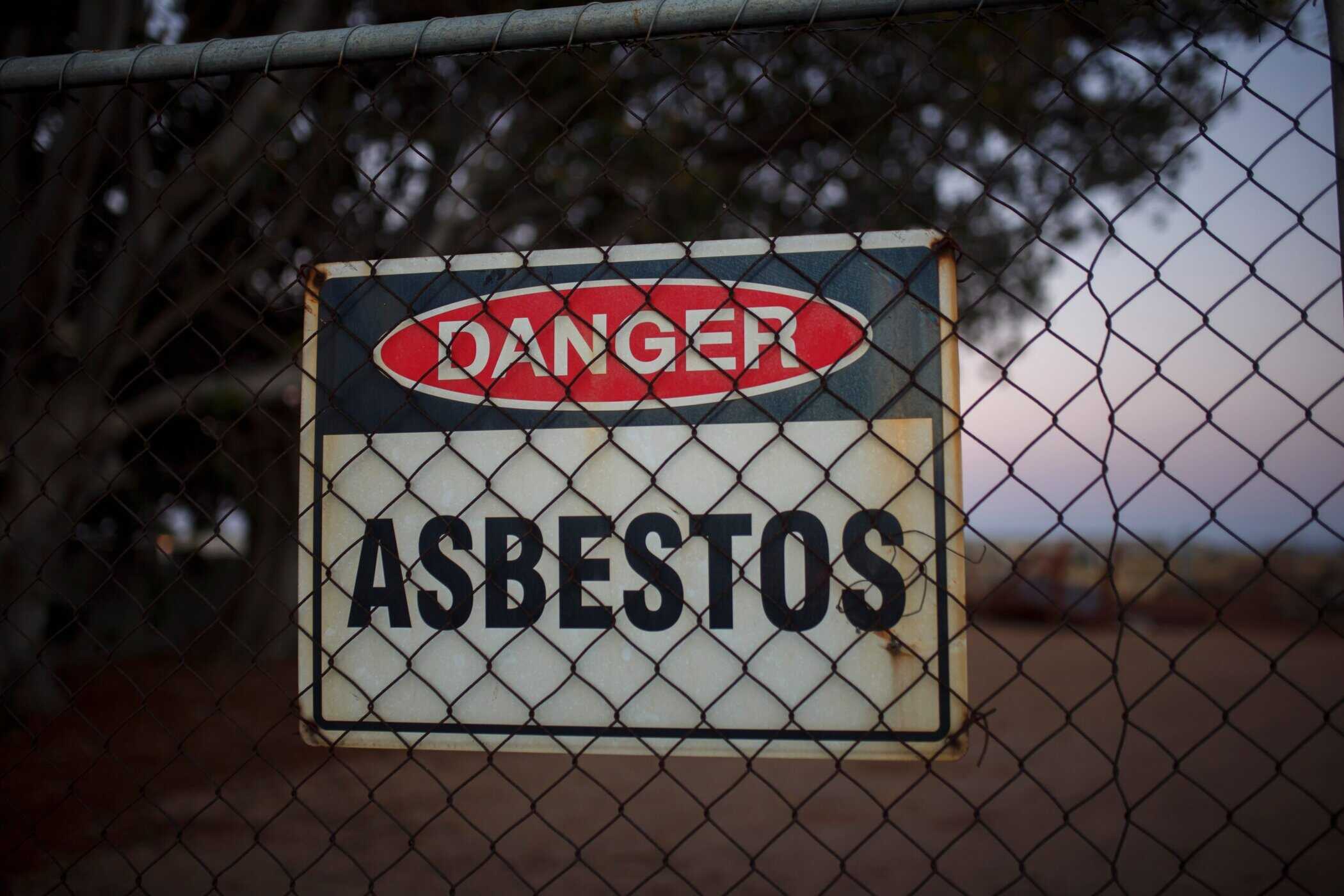
shutterstock
If you think we have a lot of toxic chemicals around today, you have not lived in the ’50s, and it shows. Back in the day, asbestos was used for everything; it was in most insulation, ironing boards, oven mitts, and even certain toys and playrooms.
People thought it was a miracle material, not realizing it was basically a health hazard that was harming people in slow motion.
People used to breathe it in while doing chores, and it would not even cross their minds to wear a mask.
Today, we gladly know better, and it is not used as much, but it makes you wonder how many health issues it caused for adults and children back in the day.
2. Lead-Painted Baby Cribs
If you thought that we are exaggerating with protecting our babies today, think again. In the ’50s, babies chewed on cribs that were covered in toxic lead paint, and nobody batted an eye.
In order to make nurseries and children’s rooms more fun, parents would use bright colors and proudly paint everything themselves. Little did they know that these paints were very toxic and dangerous.
Nobody suspected that what was meant to be fun and exciting brought such terrible health danger. Today, lead paint is not allowed in children’s products at all, and for good reason.
3. Cigarette Vending Machines in the Kitchen
Smoking everywhere was completely normal back in the 1950s, and you were expected to comply with that even if you were not a smoker. Some homes had mini vending machines for guests who were smokers, which helped them feel more welcome.
Smoking indoors was expected, especially during get-togethers and at dinner parties.
It was definitely a lifestyle, and ashtrays were just a part of the decor while the smell brought a special kind of vibe.
Smoking around children was also considered safe, so many did not even bother opening windows during family gatherings.
4. Radiation-Emitting “Health” Devices
In the 1950s, people did not fear radiation that much; quite the contrary, they believed that a little radiation might actually be beneficial for you.
The “Revigator” was just one of the products that would add radiation to your everyday life. You would use it to add radon to your drinking water.
Of course, this meant that the beauty industry had to use it as well. Some beauty gadgets promised “rejuvenation” if you exposed yourself (mildly) to radioactive materials.
It is quite unimaginable today when every micro ingredient in our night creams is studied, and when we want only the safest products possible. A radioactive product? Not next to my beauty blender!
5. Metal Playground Sets Cemented Into the Backyard
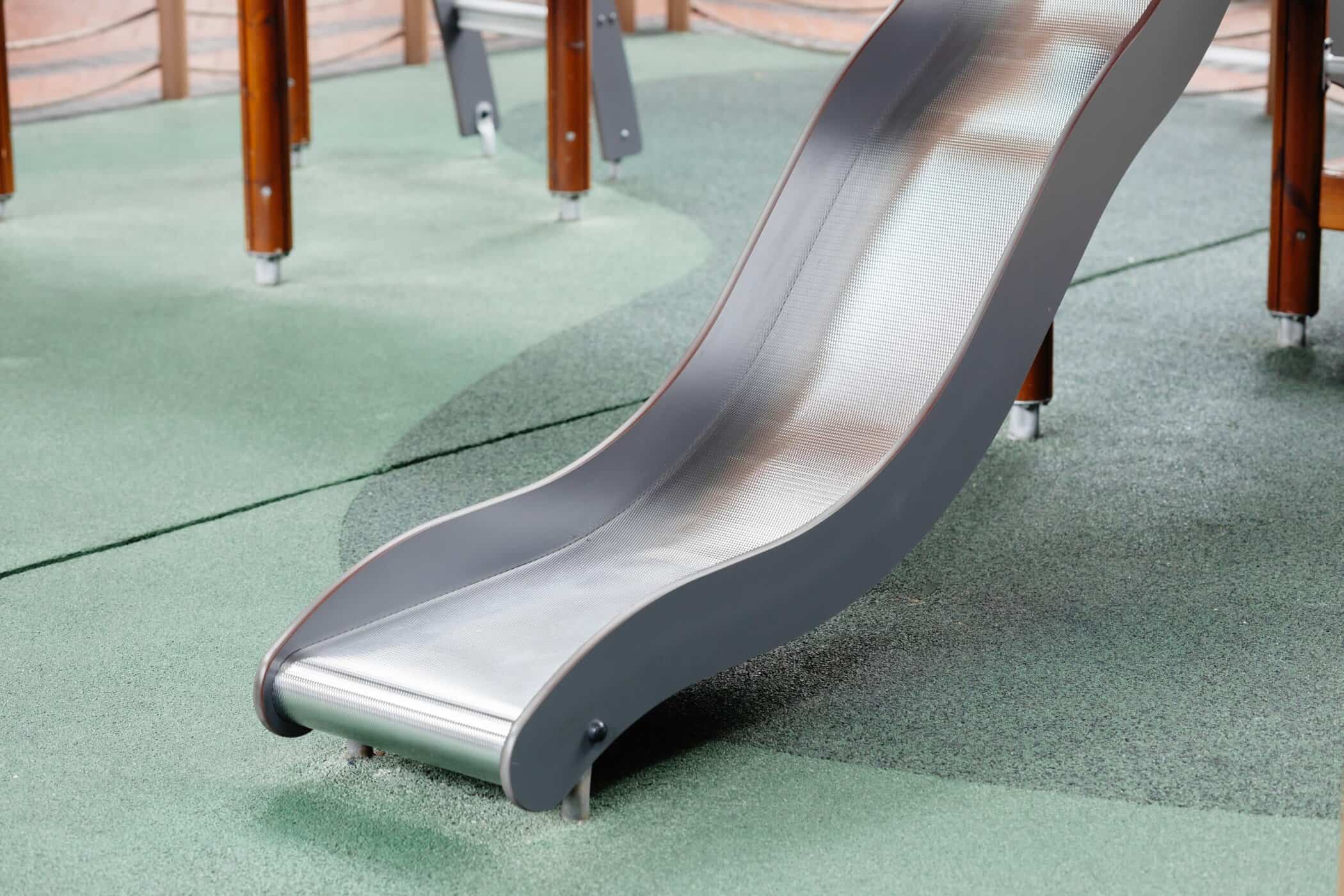
shutterstock
Back in the 1950s, people built things to last, and that meant using the hardest materials possible. This was a rule even for children’s playgrounds, so it was a norm to see metal playground sets cemented into parks and backyards.
These were not only built to last, but also to injure. Their sharp edges, no padding, and very hot surfaces made them very harsh for children (who did not really seem to mind it).
Kids flung themselves off them daily and somehow survived with only a few bruises. Luckily, today’s playgrounds are much safer, and ‘soft and foamy’ is pretty much the norm.
6. Mercury Thermometers in the Medicine Cabinet
Imagine your kid being ill and red in the face, and you decide to check their temperature – with a glass tube full of toxic metal to bite down on.
Doesn’t sound good? Yeah, it was not, but it was normal for the ’50s. Mercury thermometers were inside everyone’s cabinets, and they were used regularly.
If they broke, which they did, you would just clean them up with a broom like anything else, not even considering gloves or opening windows.
These days, we use electric thermometers and do not even consider putting something toxic next to our already weak bodies, but back then, you were lucky if you even had that.
7. No Childproof Anything

shutterstock
Detergents, soaps, bleach, and more were all over cabinets and totally accessible to children. Parents did not care about anything being child-proof.
They just hoped for the best and yelled “Don’t touch that!” a lot. Parents knew that kids had to listen to what they said, so nothing was catered to children.
Even pills were right there on the nightstands, ready for kids to touch and play with them. Today, we make sure every chemical is on the most ‘out of reach’ shelf, and we tie up cabinet handles as if we are hiding the most radioactive stuff inside.
It makes us think, who is in charge today, parents or children?
8. Electric Blankets With Zero Auto Shut-Off
We all want something to warm us up during cold winter nights. When electric blankets entered the market, everyone was amazed by how comfy and beneficial they were.
However, in the ’50s, electric blankets did not shut off automatically. They would heat you up until you were almost cooked, and if you wanted them to turn off, you would have had to unplug them.
So, sleeping with one was not an option, and you had to simply keep an eye on the plug and never relax. Today, luckily, heated blankets do turn off automatically, but back then, they were not just dangerous for your body, but they represented a fire hazard as well.
9. Gas-Powered Hair Dryers That Looked Like Sci-Fi Helmets
If you wanted to have the best hairdo back in the ’50s, you probably had a gas-powered hair dryer at home. Women used to sit under these hulking, noisy contraptions for hours just to have their hair styled and dried right.
These dryers were hot, loud, and not so ‘fancy-looking’. But back then, they were a norm, and the fact that they sometimes sparked meant nothing.
Also, if you wanted your dryer to have some extra drying power, you would connect it to your gas line. Yes, really. Luckily, today, we have normal hair dryers that are not fire hazards and that will not cause a potential carbon monoxide poisoning.
Yet again, our hair is much simpler today, so who knows what we would be willing to do for the 1950s-style updo.
10. Refrigerators That Locked From the Outside
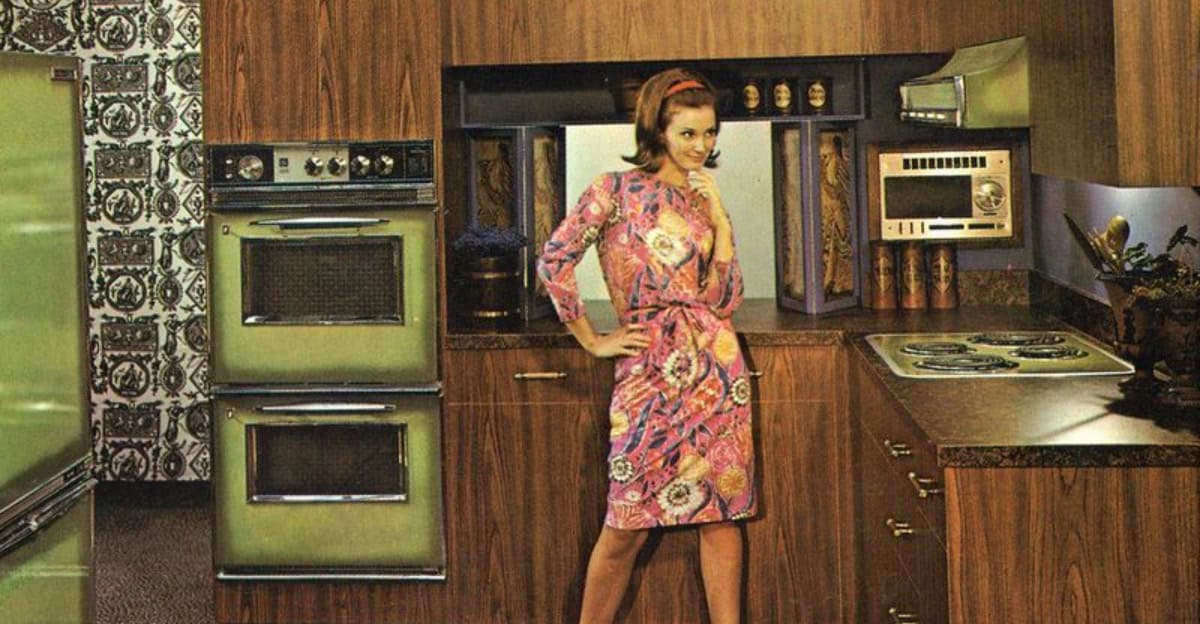
© Elmira Stove Works
Old fridges were much cooler than the ones we have today, if you ask me. All those features and compartments make you ask why we ever decided to change their design.
However, old fridges did not simply close; they latched. Sounds good for preserving foods, right? Yeah, that is what ’50s engineers thought as well.
But safety concerns quickly arose as kids could crawl into a fridge while playing hide-and-seek, and it would result in a total horror movie setup. Modern fridge doors are magnetic, and this is exactly why.
